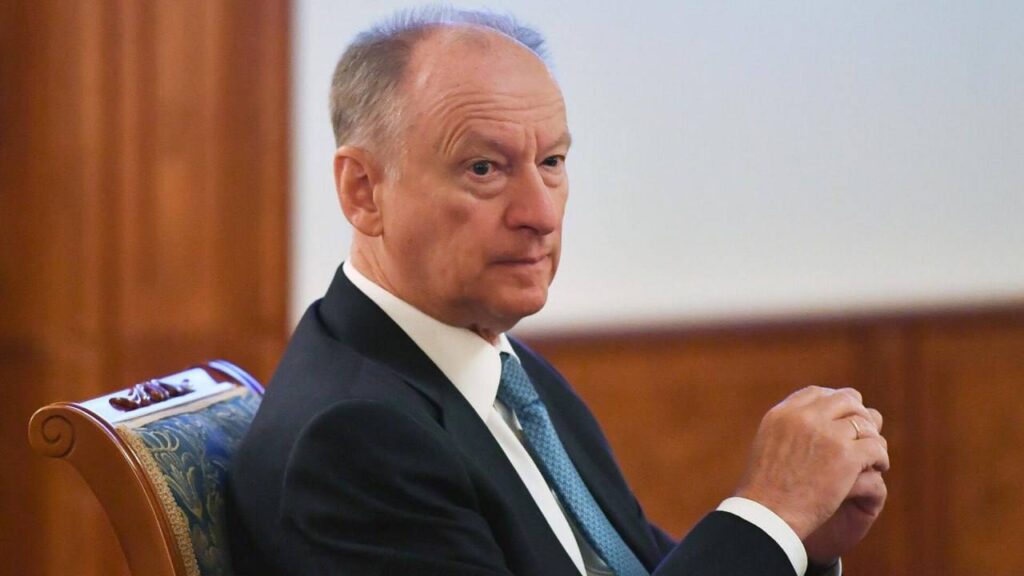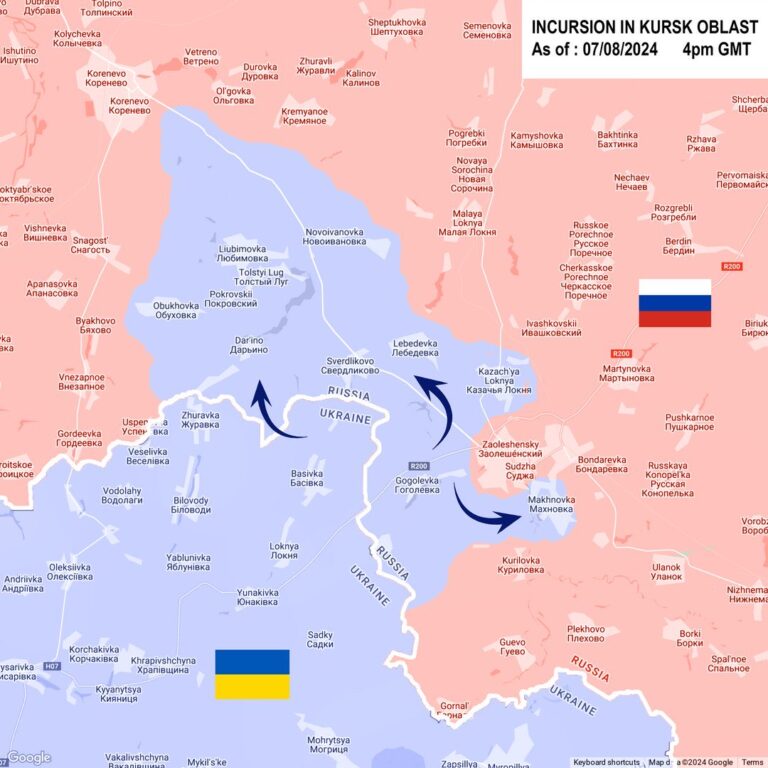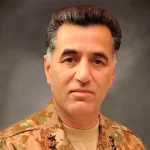Ukraine’s operation on Russian territory (in the Kursk region) has revealed that the Kremlin’s rhetoric about so-called “red lines” is a psychological operation aimed at exerting pressure on U.S. and EU leaders. This suggests that the West is mistaken in believing that some of its decisions will lead to an escalation of the conflict and its spread to NATO member countries. With conspiracy theories dominating Kremlin thinking, Moscow is convinced that Ukraine’s defense operations on Russian soil are part of a Western plot.

However, The Ukrainian operation in the Kursk region, launched in August 2024, serves multiple strategic purposes. First, it disrupts Russian plans for offensive operations from Kursk into northern Ukraine, specifically the Sumy region, and diverts Russian forces away from key areas of conflict in eastern Ukraine. Ukraine’s Commander-in-Chief Oleksandr Syrskyi stated that the operation also aims to create a “security zone” and take Russian POWs, ultimately weakening Russian morale and defensive posture in other regions.
Ukrainian forces have established control over certain areas of Kursk, which has forced Russia to redeploy significant military resources—approximately 60,000 troops—from the Ukrainian frontlines to defend this region. This shift is particularly impactful as it has reduced Russia’s artillery dominance in places like Pokrovsk, where the Ukrainian-Russian ratio of artillery fire has decreased from 12:1 to 3:1. Despite this, the operation remains highly risky for both sides, as Russia is expected to mount counteroffensives to reclaim lost ground.
In the broader context, Ukraine’s push into Kursk has not drastically changed the military situation in Ukraine’s eastern and southern regions but has given Kyiv increased leverage for potential future diplomatic negotiations. The operation signals that Ukraine can strike inside Russian territory, enhancing its position in possible talks to end the war.
We are convinced that the operation in the Kursk region has exposed the limitations of Russian resources, as Moscow was forced to redeploy units stationed in Africa. This points to a shortage of forces and assets in the event of an invasion of Russia from its western and eastern borders. Despite the Kremlin’s threats to reconsider its nuclear doctrine and conduct exercises simulating the use of tactical nuclear weapons, Moscow has not seriously considered such a scenario in response to the shifting of hostilities to the Kursk region. Statements by former President Dmitry Medvedev reflect his psychological state, exacerbated by alcohol abuse and depression stemming from his lack of prospects in Russian politics and the loss of influence in the Kremlin. Thus, we are confident that Russia will not escalate the conflict in response to Western decisions, such as granting Ukraine permission to strike deeper into Russian territory. It is likely that the current situation has crossed a threshold beyond which Russian leadership is unwilling to further intensify its confrontation with the West. This reluctance is also driven by the sharp decline in Vladimir Putin’s approval ratings. The potential expansion and deepening of the conflict are not in the Kremlin’s interest, especially after the escalation of hostilities on Russian soil, as it would lead to a continued drop in the regime’s popularity.




